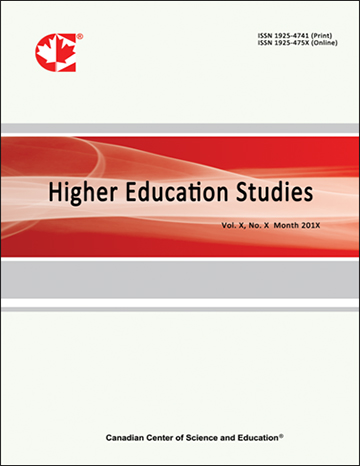The Lived Experiences of Asian International Students in the U.S. Higher Education
- Hongyan Wang
Abstract
Asian international students have long constituted the largest portion of the international student body in the United States (U.S.), a trend that persists despite the hurdles presented by the COVID-19 pandemic. These students play an essential role in stimulating the U.S. economy, facilitating cross-cultural exchange, and nurturing international collaboration and understanding. During the 2022-2023 academic year, Asian international students comprised 70.3% of the total international student population in the U.S. higher education.
The number of Asian international students in the U.S. higher education institutions is so considerable that their lived experiences within the U.S. higher education system deserves a thorough examination. Existing empirical research demonstrates that plenty of Asian international students are underserved, mainly facing culture shock, linguistic barriers, racial discrimination, and mental health issues. This systematic literature review aims to:
1. Investigate whether Asian international students face any challenges in the U.S. higher education;
2. Classify the challenges (if any) encountered by Asian international students in the U.S. higher education;
3. Offer valuable insights to key stakeholders in international education, empowering them to refine current administrative policies and teaching pedagogies to best support the well-being and success of Asian international students in the U.S. higher education.
- Full Text:
 PDF
PDF
- DOI:10.5539/hes.v14n2p183
Index
- AcademicKeys
- CNKI Scholar
- Education Resources Information Center (ERIC)
- Elektronische Zeitschriftenbibliothek (EZB)
- EuroPub Database
- Excellence in Research for Australia (ERA)
- Google Scholar
- InfoBase
- JournalSeek
- Mendeley
- Open Access Journals Search Engine(OAJSE)
- Open policy finder
- Scilit
- Ulrich's
- WorldCat
Contact
- Sherry LinEditorial Assistant
- hes@ccsenet.org
